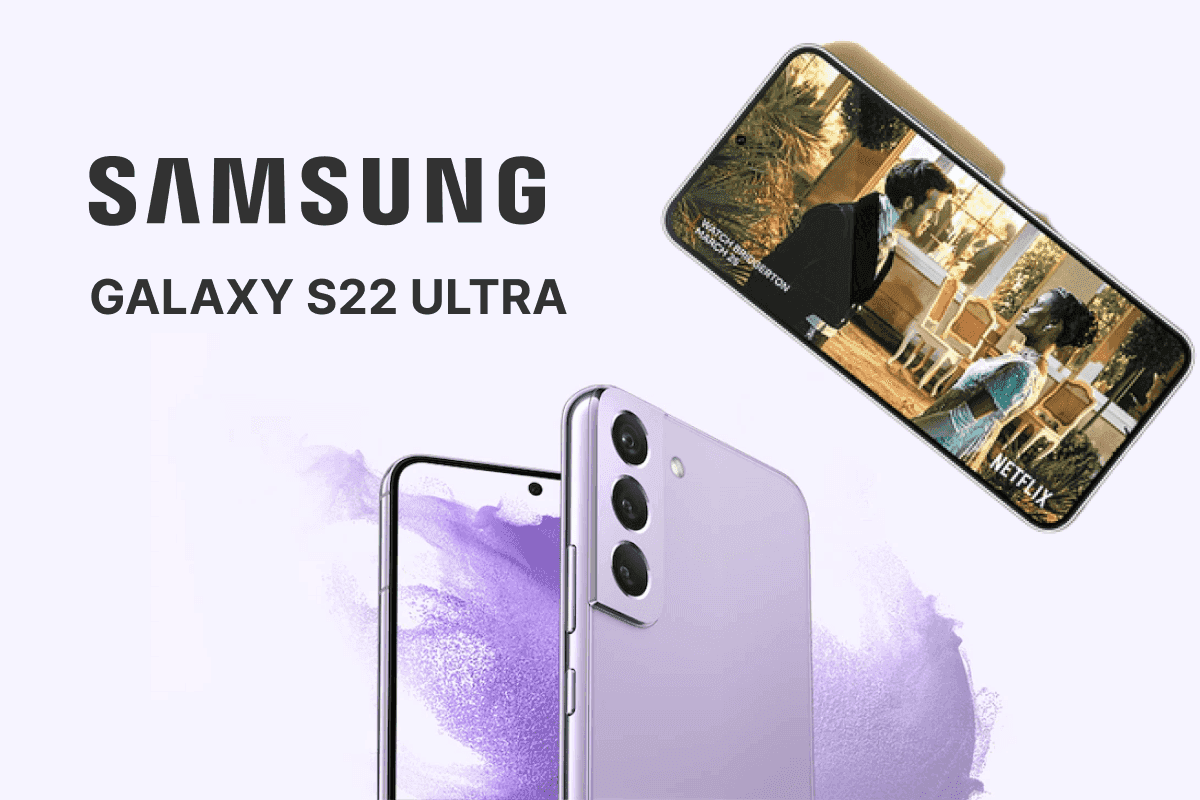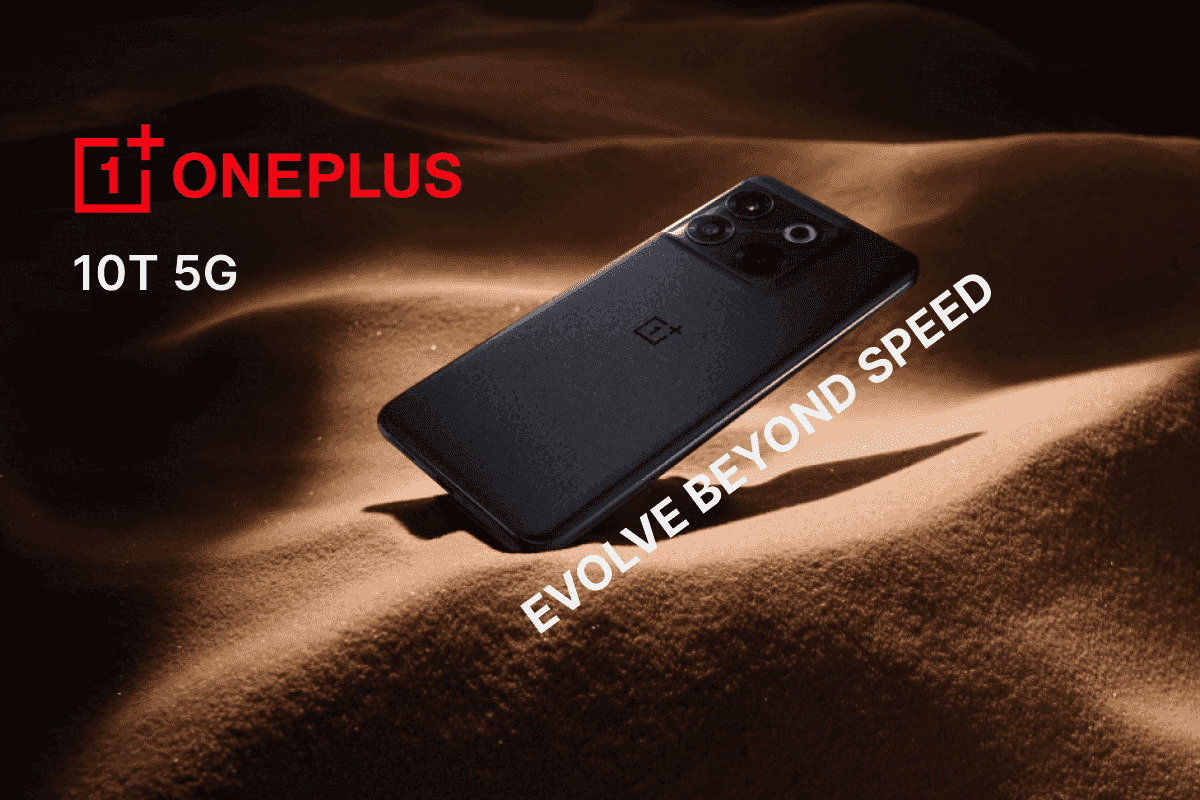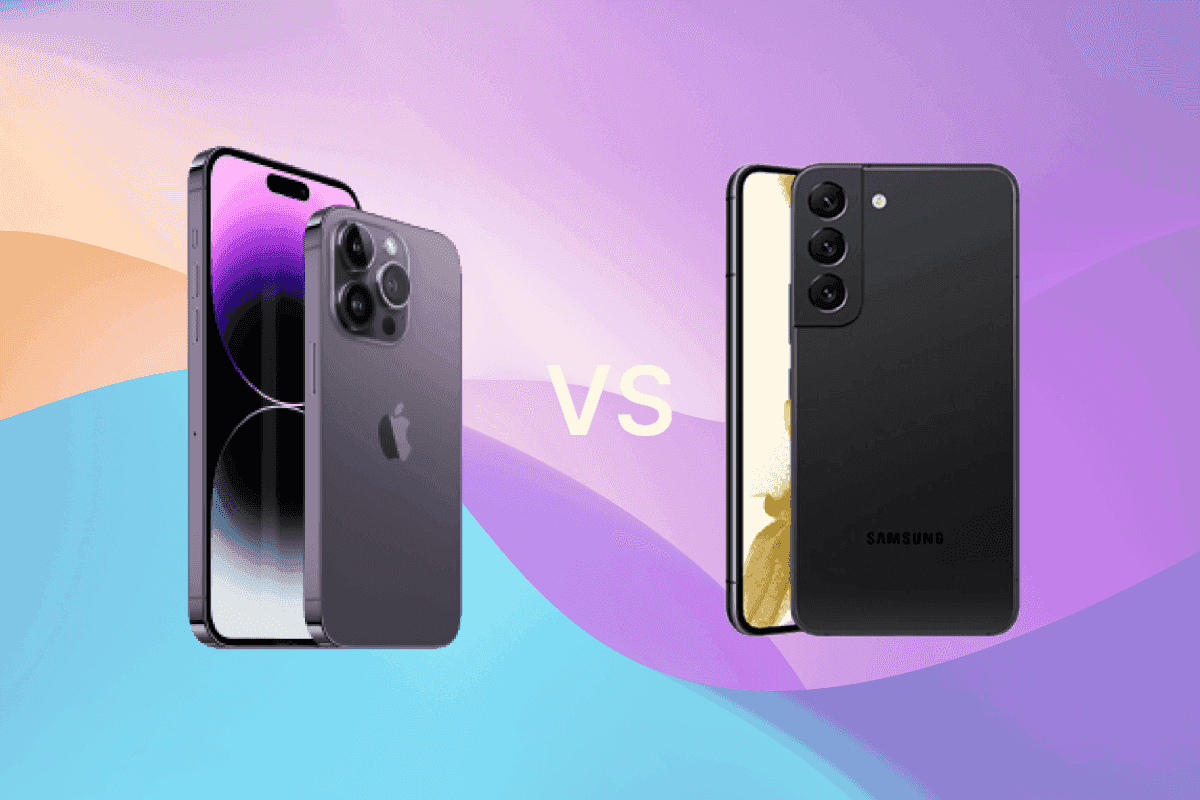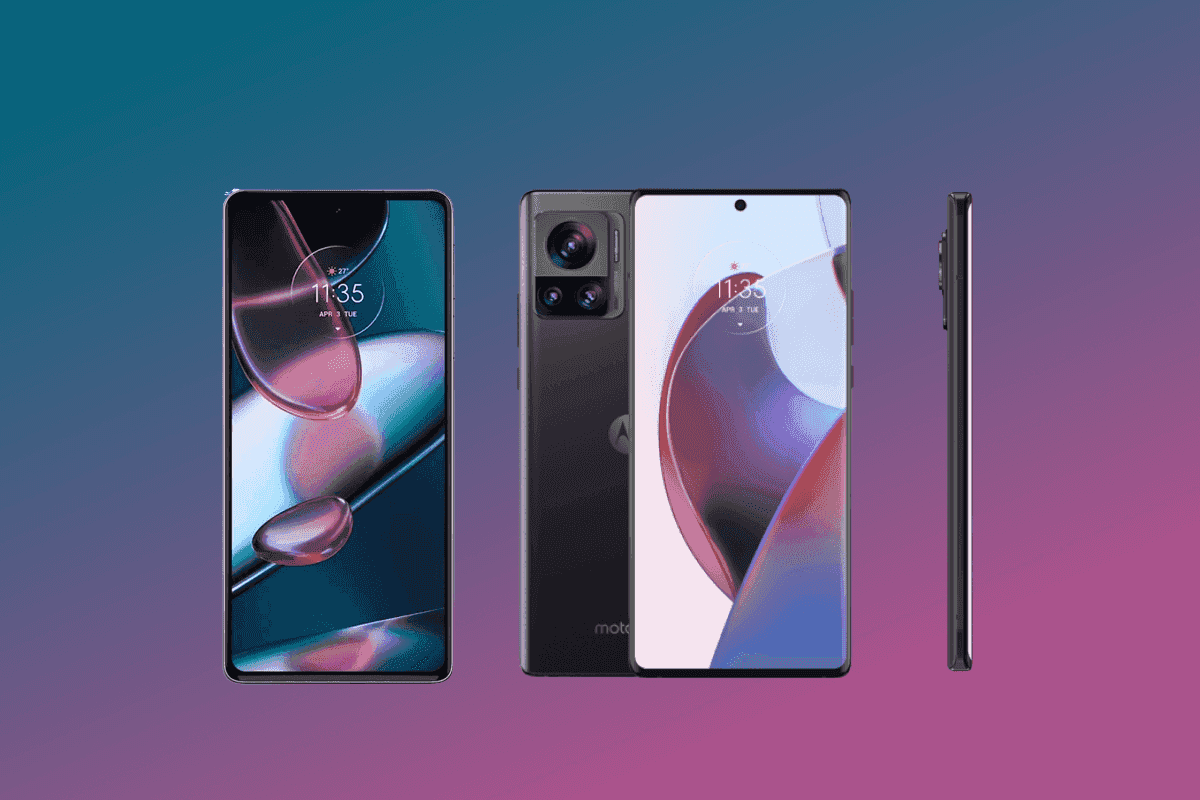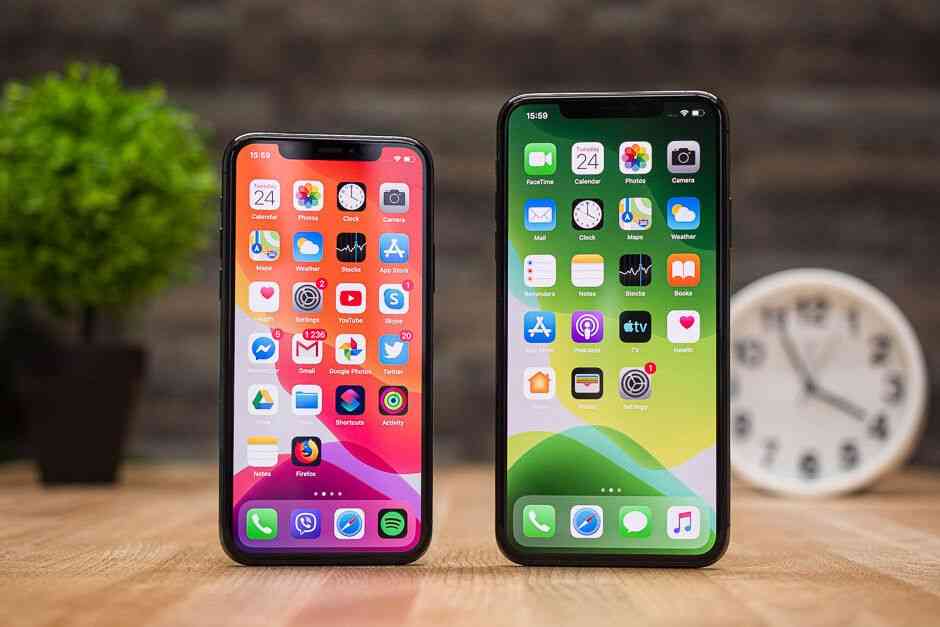The Latest
The Latest
If you have an iPhone 11 and want to upgrade, the iPhone 13 may come just in time.
The next iPhone 13, due out this autumn, appears to be a progressive upgrade over the iPhone 12 model from last year, with a similar boxy appearance and flat corners, as well as identical camera technology. Apple, on the other hand, is reported to be working on a bigger battery and better camera software, as well as a new Apple A15 Bionic CPU, which is likely to be the fastest mobile chipset on the market once again.
With that in mind, below are the most essential new features that will characterise the iPhone 13, as well as how they compare to the iPhone 11 from two generations ago.
In a nutshell, these are the iPhone 13 vs iPhone 11 expectations:
- The iPhone 13 features a revolutionary flat-edge design with reduced bezels and a smaller form factor.
- The iPhone 13 and iPhone 11 have the same 6.1″ screen size, however, the iPhone 13 features an OLED screen with more brilliant colours than the iPhone 11.
- In comparison to the Apple A13 chip in the iPhone 11, the Apple A15 Bionic chip in the iPhone 13 is faster.
- They both have 4GB of RAM.
- Wide and ultrawide cameras on both batteries are around the same size: iPhone 13: 3,095mAh compared. iPhone 11: 3,110mAh
- iPhone 13 might have a fingerprint scanner (not certain)
- On the iPhone 13, a faster Wi-Fi 6E connection is available.
Design And Display of
iPhone 13 vs iPhone 11
The iPhone 13 sports the new Apple design style, which has flat corners and a boxier appearance, whereas the iPhone 11 has the previous design, which includes curved sides. However, the most significant design difference may be in physical size: the iPhone 11 is extra broad due to wider bezels surrounding the screen, which add breadth and make it difficult to hold with one hand, but the iPhone 12 is considerably smaller and has narrower bezels. While the two phones have different appearances, they are nearly identical in terms of functionality, with both having IP68 water resistance, so you won’t have to worry about them getting wet in the rain.
The screen has to be one of the most compelling reasons to switch to the newest iPhone 13. While both phones feature a 6.1-inch screen, the iPhone 13’s screen is of a different sort. It utilises the newer OLED technology, which produces considerably more brilliant colours, deep blacks, and outstanding contrast and viewing angles, but the iPhone 11 screen is of the older LCD kind, with blacks that appear washed out the contrast that isn’t as good, and colours that aren’t as alive. Furthermore, the iPhone 13 has a greater resolution of 1170p compared to 828p on the iPhone 11, which is a noticeable change.
Touch ID on the iPhone 13?
The Touch ID sensor, which has believed to return in a new form under the screen, is one alteration that the iPhone 13 has rumoured to bring back from the past. This will operate with Face ID scanning, allowing users to set up both Face ID and Touch ID and utilise whichever is more convenient at the moment. When you’re wearing a mask, for example, it could be quicker to conduct a Touch ID fingerprint scan instead of removing the mask for Face ID.
That seems like a refreshing shift, especially given the circumstances we live in, but nothing confirmed yet. It was initially reported in a rumour by Bloomberg as generally extremely credible. Thus it’s more likely to happen than not.
Camera –
Apple has clearly distinguished its Pro iPhones from non-Pro models like the ones we’re reviewing over the last two years. The lower non-Pro versions don’t have a zoom camera, and the iPhone 13 is no exception. It has the same two cameras as the iPhone 11: a wide-angle primary camera and an ultra-wide-angle secondary camera.
While they appear to be quite similar on the surface. There are reports of certain modifications and enhancements in three important areas:
- The iPhone 13 will have a more sophisticated, 6-element ultra-wide lens. As well as a larger f/1.8 aperture for the ultra-wide camera for better low-light pictures. Overall software enhancements to image quality.
It’s also worth noting that the iPhone 11 was one of the first to have the Night Mode function. It only works with the main camera, whereas the iPhone 13 will include both cameras.
Yes, the iPhone 13 will have improved image quality, but don’t anticipate a significant improvement.
In terms of additional camera functions, we’ve heard that Apple is going to include astrophotography settings. Although that rumour is a little hazy. Another report suggests a new portrait video option, similar to portrait photography, in which the background has blurred. This function has been available on Android phones for a few years. It isn’t exactly groundbreaking, but it is certainly useful.
For more details visit the website Phonera.in .
AUTHOR
Phonera Content Team
New reasons to get excited every week
Get the most important news, reviews and deals in mobile tech delivered straight to your inbox
LEAVE A REPLY
Your email address will not be published. Required fields are marked *
FOLLOW US
By checking this box, you confirm that you have read and are agreeing to our terms of use regarding the storage of the data submitted through this form.
